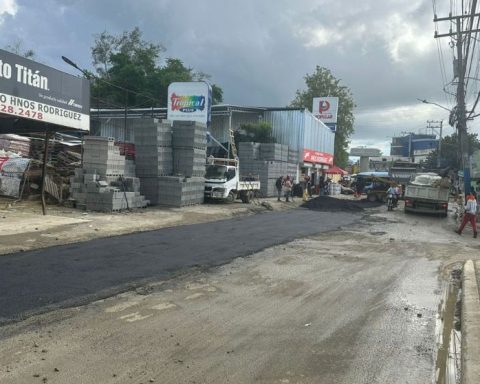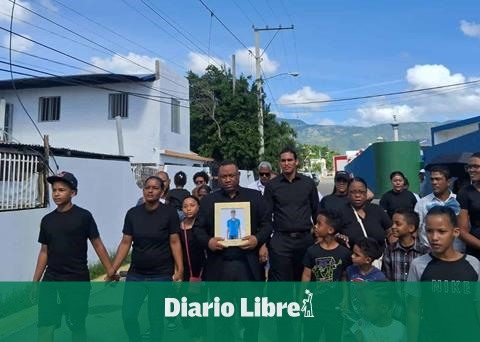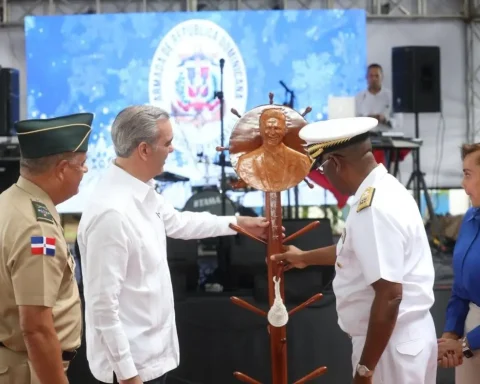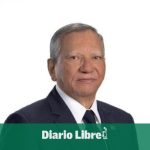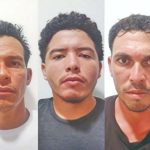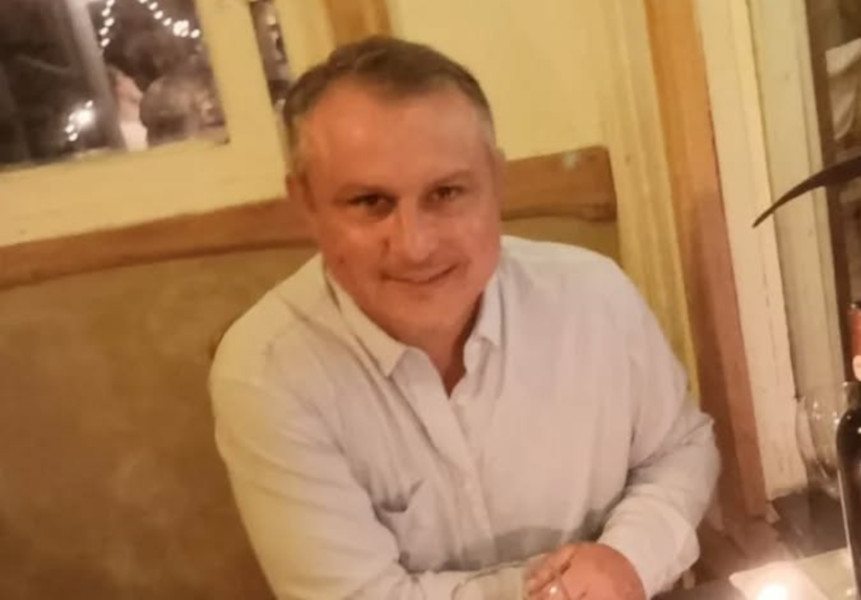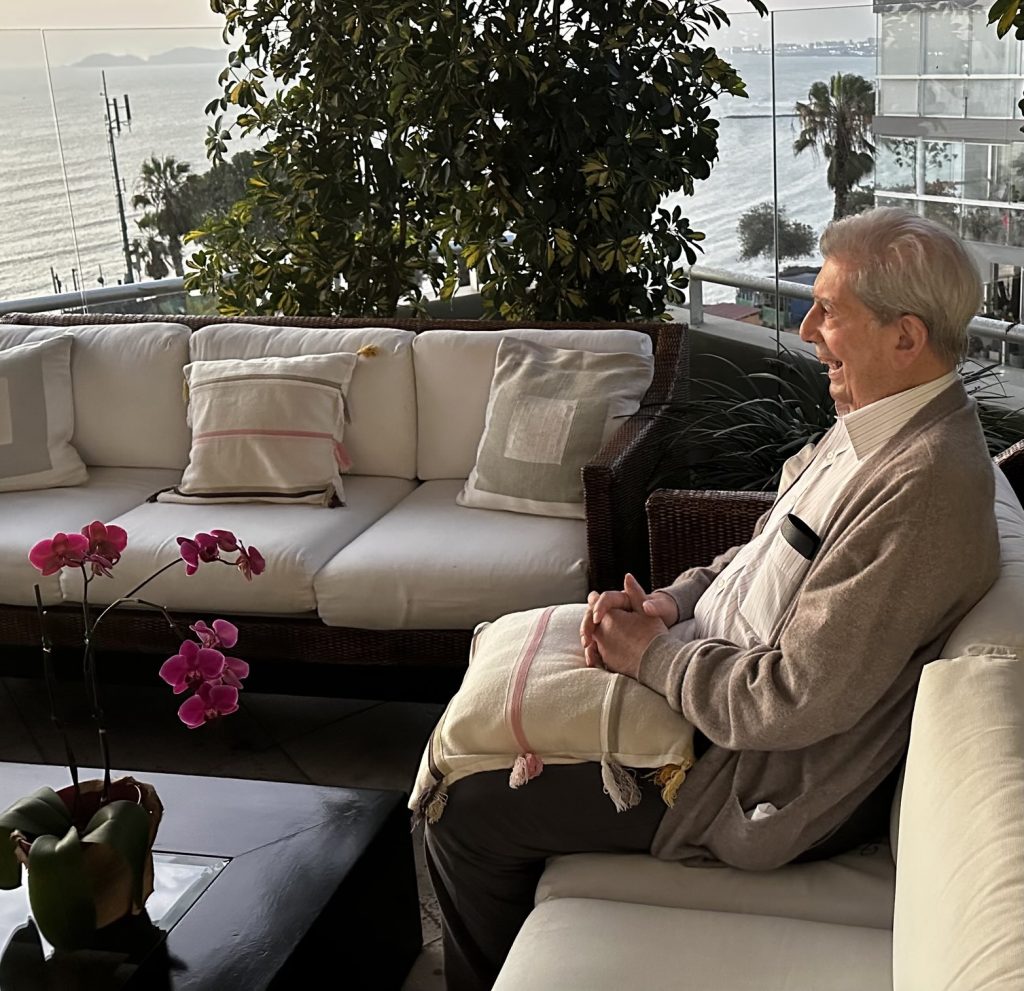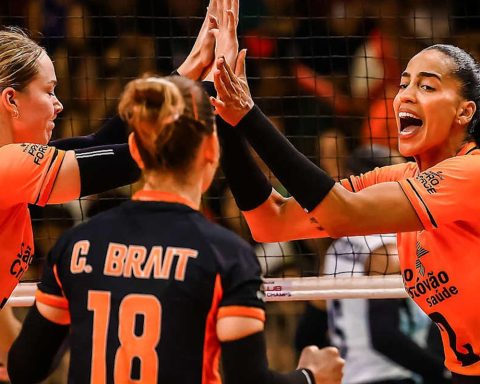More than 50 legislators, motivated by the deputy of the province of Peravia, Luis Báez, deposited a project to Congress that seeks to change the name of that demarcation, to General Máximo Gómez.
Within the motivations for the change of his name distinctive, Báez points out that the “revolutionary leader” obtained “great achievements for the country.”
“Máximo Gómez, is a figure that is spoken even in universities, everyone, his style, his tactics, and he was born in Baní, his parents were banilejos,” recalled the congressman.
We invite you to vote on our survey:
Note: There is a survey included in this post, please visit the site to participate in the survey of this entry.
You can read: Deputy reintroduces bill to declare National Park to the Dunas de Baní
“This has been an order in history, for many years,” he added.
While Dagoberto Tejeda indicated that Gomez represents the province “Banileja.”
«I think it is an act of justice, and support for us, the banilejos. Everything else is poetry and romanticism, ”said Tejeda.
Who was Máximo Gómez?
According to Dominican historian Roberto Cassá, Máximo Gómez was:

«A historical figure of great importance for both the Dominican Republic and for Cuba. Gomez was born in Baní, the Dominican Republic, on November 18, 1836, and stood out as a military leader in the wars of independence of Cuba against the Spanish colonial domain«.
His “burned land” tactics was crucial to weaken the Spanish economy and advance in the struggle for Cuban independence.
Gomez participated in several important battles, including the Ten Years War (1868-1878) and the Cuban Independence War (1895-1898). His leadership and military strategies made him a key figure in the history of Cuba and a symbol of the struggle for freedom in Latin America, according to the text.
And the name of Peravia from where it comes from
The Mayor’s Office of Baní cites on its website the investigations of the historian Manuel Valera the name Peravia SE derives from a corruption of the Spanish last name Peravia, who carried the Mrs. Ana de Pravia, daughter of Francisco Ruiz de Pravia and Beatriz de la Rocha who lived in a herd that existed at the beginning of the colonial period, owned in the flat part of the province, in the field of the community called Cerro Gordo.
The same Lady of Pravia was the wife of Christopher Columbus and Toledo. In the Baní Valley, owned by the Columbus family and then linked to the lineage of Doña Luisa Guerrero, consort of the Brigadier General Captain of the Island Don Ignacio Pérez Caro, the first teachers were the Jesuits. They were both the original owners of Pizarrete herd, who would later belong to Don Tello and Don Juan Guzmán Villegas.
The city was founded on March 3, 1764 under the governorate of the Spanish captain, Marshal of Campo, Manuel de Azlor and Urries, when the neighbors bought a property to the owners of “Cerro Gordo” for the sum of 370 strong pesos. In this negotiation, Don Manuel Franco de Medina (the priest priest) participated representing the owners, while General Pablo Romero represented the neighbors.
The post Proposal to rename the province of Peravia in honor of Máximo Gómez: the “national hero” that generates controversy Appeared First On Today digital.



